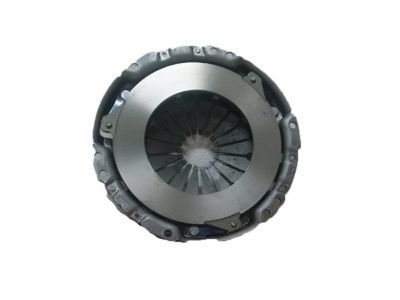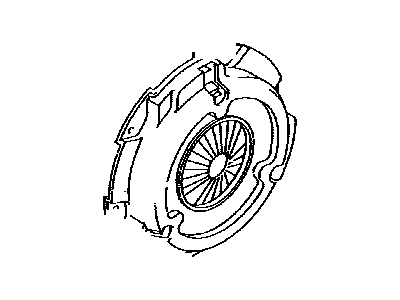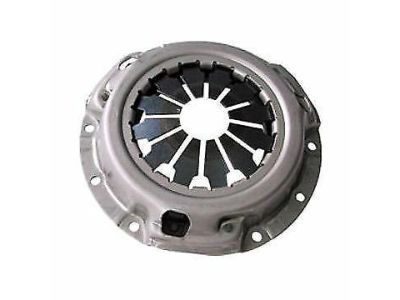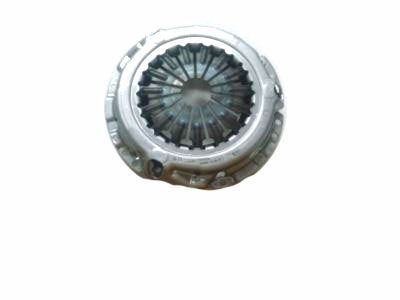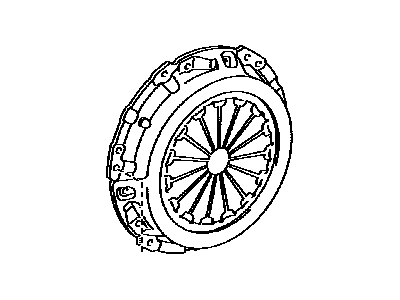×
ToyotaParts- Hello
- Login or Register
- Quick Links
- Live Chat
- Track Order
- Parts Availability
- RMA
- Help Center
- Contact Us
- Shop for
- Toyota Parts
- Scion Parts
My Garage
My Account
Cart
OEM 2003 Toyota Matrix Pressure Plate
Clutch Pressure Plate- Select Vehicle by Model
- Select Vehicle by VIN
Select Vehicle by Model
orMake
Model
Year
Select Vehicle by VIN
For the most accurate results, select vehicle by your VIN (Vehicle Identification Number).
2 Pressure Plates found
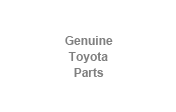
2003 Toyota Matrix Pressure Plate
Part Number: 31210-05043$165.55 MSRP: $234.35You Save: $68.80 (30%)Product Specifications- Other Name: Cover Assembly, Clutch; Clutch Kit
- Replaces: 31210-05042, 31210-05041
- Item Weight: 10.20 Pounds
- Item Dimensions: 12.6 x 12.0 x 2.3 inches
- Condition: New
- SKU: 31210-05043
- Warranty: This genuine part is guaranteed by Toyota's factory warranty.

2003 Toyota Matrix Pressure Plate
Part Number: 31210-12291$145.34 MSRP: $205.74You Save: $60.40 (30%)Ships in 1-3 Business DaysProduct Specifications- Other Name: Cover Assembly, Clutch; Clutch Kit
- Replaces: 31210-20380, 31210-12250, 31210-20360, 31210-12251, 31210-12290
- Part Name Code: 31210
- Item Weight: 1.40 Pounds
- Item Dimensions: 12.7 x 11.5 x 2.4 inches
- Condition: New
- Fitment Type: Direct Replacement
- SKU: 31210-12291
- Warranty: This genuine part is guaranteed by Toyota's factory warranty.
2003 Toyota Matrix Pressure Plate
Achieve unprecedented performance experience with our genuine 2003 Toyota Matrix Pressure Plate. All our parts are engineered for a perfect fit and maximum durability to ensure that your Matrix returns to factory condition. Specially designed for the 2003 Toyota Matrix, this Pressure Plate offers superior reliability and ease of installation for anyone.
Looking for affordable OEM 2003 Toyota Matrix Pressure Plate? Explore our comprehensive catalogue of genuine 2003 Toyota Matrix Pressure Plate. All our parts are covered by the manufacturer's warranty. Plus, our straightforward return policy and speedy delivery service ensure an unparalleled shopping experience. We look forward to your visit!
